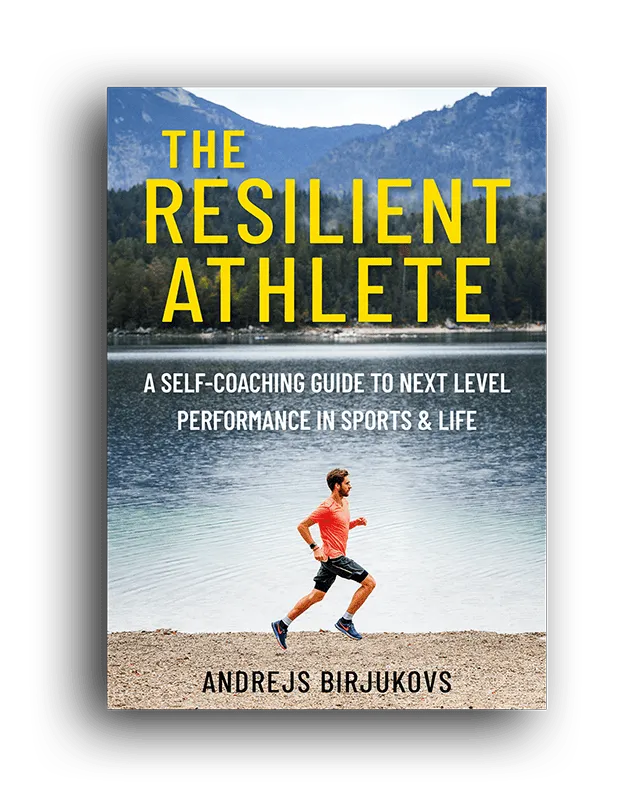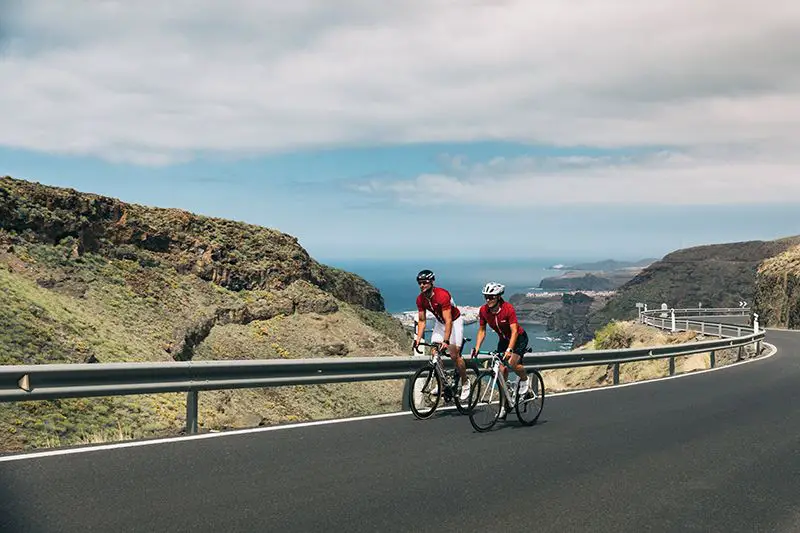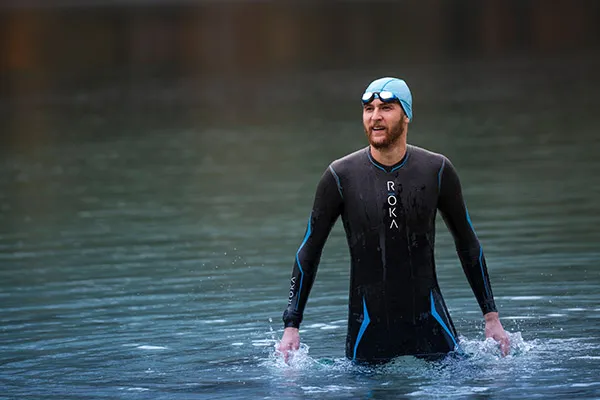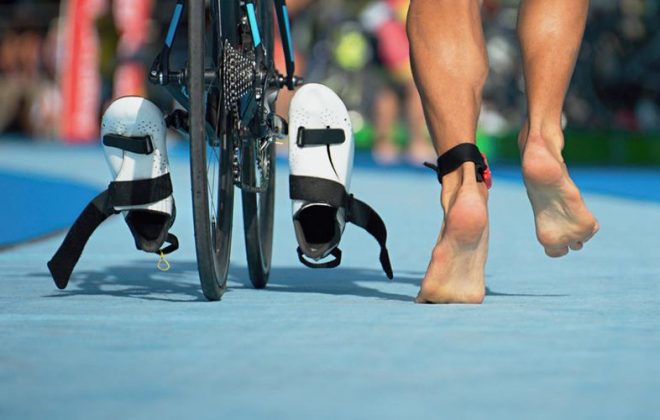How To Build Stamina and Endurance With Supercompensation Training
As athletes we always look for ways how to build stamina and endurance – to become faster and stronger. Be that for a race or just personal satisfaction. Expecting to get there sooner we might even get carried away with volume or intensity of our training. It’s good to remember, though, that exercise alone does the opposite effect – it breaks the body down. What we’re really after is the supercompensation training effect that follows.
It’s the body’s natural process of adaptation to a higher stress level – kind of a combination of training & recovery.
Supercompensation effect is short, so timing is very important. A training session scheduled too soon may force the athlete to start accumulating fatigue. On the contrary, waiting too long will lead to fitness falling back to its initial level.
Training session is only a trigger for the adaptation process
Our bodies go through a certain degree of stress while exercising, which is known as training load. Regardless if whether that load is high (racing or hard intervals) or low (easy cycling or even Pilates), the additional pressure placed on the body decreases physical capabilities.
Once we stop exercising our body starts to actively work to repair the damage, utilize waste products and bring all systems back to normal. Micro tears in the muscles have to be repaired. Energy and nutrient supplies have to be restored. Nervous system has to calm down. Hormones that were released have to be utilized.
And this is where it gets exciting.

The power of the supercompensation effect
Our body doesn’t just recover to the same physical condition it was before the training session. It is smart and grows a little stronger in response to the physical stimuli. To make sure that the next time the training load is not too much of a shock and the body can maintain it a bit easier.
This adaptation to a more intense effort is called a supercompensation effect. Building on that effect is the most effective way how to build stamina and endurance.

The ‘size’ of the effect depends on the training load. The higher the load – the bigger the effect. Based on that supercompensation can last up to 7 days before the body goes into de-training mode. At this point performance ability falls back to the initial level.
If the next training session takes place while the body is already in de-training, the effectiveness will be low.
How to improve performance with supercompensation training?
Supercompensation is only possible when the body has fully recovered from the previous session. And that’s where periodization training gets important.
Reducing the workload in the days after a hard training session gives the body time to adapt, so that in the next cycle it can tolerate a bigger load. This allows athletes to build on the adaptation effect and grow stronger over time – in an ‘upward spiral’ kind of way.

So, it’s not the hard training that helps athletes build stamina and makes them fast and strong, but a combination of training and recovery. A good training plan always considers the supercompensation effect, as it serves as, kind of, a small checkpoint that athletes pass on the way.
Training sessions alone don’t make athletes fit. The real magic is the supercompensation that follows.
It’s not necessary to supercompensate for every training session. But it is important to include periods of recovery to allow the body to grow stronger over time. For the maximum effect gradual improvement should happen every week or two and not only just before the race.

The Resilient Athlete
A Self-Coaching Guide to Next Level Performance in Sports & Life
Are you aiming to become a resilient athlete who is able to withstand any pressure? Be able to jump on any opportunity? Take any challenge life throws at you head on?
Then this book is for you.
Learn moreHow do I know if I’m supercompensating?
Recovery and supercompensation are something that can be hard to quantify. It’s highly dependable on the athlete, training session and the quality of rest.
Heart rate. One of the most reliable measures of recovery and improved stamina is athlete’s resting heart rate. Consistent aerobic training results in the increase of the heart’s size and the development of capillary network. This makes the blood transport across the body more efficient and reduces the heart rate.
A similar effect happens during supercompensation. The body adapts to an increase in training load and both the resting heart rate and heart rate during the training session decreases.
Performance gains. When the body adapts to the training load there are obvious performance gains. Athletes may notice that the previous effort feels easier or they are able to reach higher speeds.
This effect is the same in every sport. Runners may feel increases in speed. Those who train in the gym feel they are able to lift more.
Energy & mood. Finally, after complete recovery athletes feel more energetic and in general are in much better mood.
Incomplete recovery = fatigue & plateau
The key to supercompensation training is timely recovery.
But what is timely?
When a training session takes place while the body is still fatigued, it only adds more fatigue. Incomplete recovery is why many amateur athletes reach plateaus, over train and in general don’t see results they expect.
If the key training session happens while the body hasn’t recovered fully, it only adds to the total fatigue. Over time this fatigue accumulates and the athlete risks slipping into over training. Many athletes spend years in this condition (training plateau) never allowing themselves to recover fully.

The best approach to build stamina and endurance is to include at least one day of complete rest every week and one week of reduced workload every month. It’s important to really take these recovery days and weeks very easy even if you’re not feeling tired.
We tend to feel recovered a bit early than we actually are. This approach will allow to supercompensate, prevent training plateaus and give the body more energy to train hard when it’s actually needed.
Related: How To Measure Post Workout Recovery And Avoid Accumulated Fatigue
Training consistency – why pro athletes are where they are
What I noticed is that amateur athletes tend to overestimate how fit they can get in the nearest future and don’t look at the bigger picture. Often they try to copy training programs from elite athletes or complete very hard sessions which they are not ready for yet.
A hard training session – like a 2 hour run or an hour-long VO2max session – would give a lot of benefit to those who are ready to tolerate it. Otherwise, it will leave the athlete sore and tired for the next 3 days or, even worse, result in catching a cold.
From training perspective, 5 consistent good sessions per week are waaay better.

In reality, there’s no secret session or a formula for being a great athlete. Consistent work day in and day out over a period of time is what brings results. Athletes that we see on television didn’t get there over a couple of months of going to a gym or running 3 times a week.
What separates pro and elite athletes from the rest is that they show up every day, because they know the value of training consistency.
Top athletes become world-class not because of a Terminator-style training schedule, but despite that. They build stamina and endurance by capitalizing on the supercompensation training effect and know that if they skip a session or go too far – their performance will suffer.
Sustainable fitness requires a lifestyle change
Becoming a fast, strong and competitive athlete is not a quick process, yet it’s definitely achievable by anyone with consistency. It’s not even subject to whether a person has the ‘natural talent’ or no.
As I see it, staying consistent with training is about 2 major habits.
Have a balanced training plan to stay on track and avoid doing too much too soon.
80-20 is a simple rule of thumb to balance the training plan. Majority of the training (80%) should be done at low intensity (Zones 1 & 2). You can split the rest of the time between medium and high intensity.
Consistent results are like a German vacation – they require a proper plan, preferably half a year in advance.
Having a balance between low and high intensity will make sure athletes are not doing too much and have the energy to go hard when it’s really needed.
Don’t skip 2 in a row. Being perfect all the time never works. In fact, even professionals rarely follow their plans 100%. They always shift sessions around to match their recovery and daily commitments.
Skipping one session is no big deal and can happen to anyone. Just use it as extra time to recover and follow up with a harder session. Skipping 2 sessions is more destructive, as it takes the athletes out of their routine much further.
Did you find this information useful? Share the post with others using the buttons below.
Have an opinion? Share via links below and tag @theathleteblog
Tags In
Andrejs Birjukovs
GET A FREE TRAINING PLAN
Subscribe to my email list and get access to a free 4-week “back in shape” training plan
You’ll also get two full-body strength sessions and some other goodies!

How did I get here?
Hey there! My name is Andrejs and I am here to inspire, entertain and get you fit for any adventure.
I went from being an over trained pro athlete to an endurance coach sharing how to listen to your body and live life to the fullest.
Traveling, new sports & activities brought new meaning to my training and made it much more effective, fun and enjoyable. And I'm here to help you do the same.


